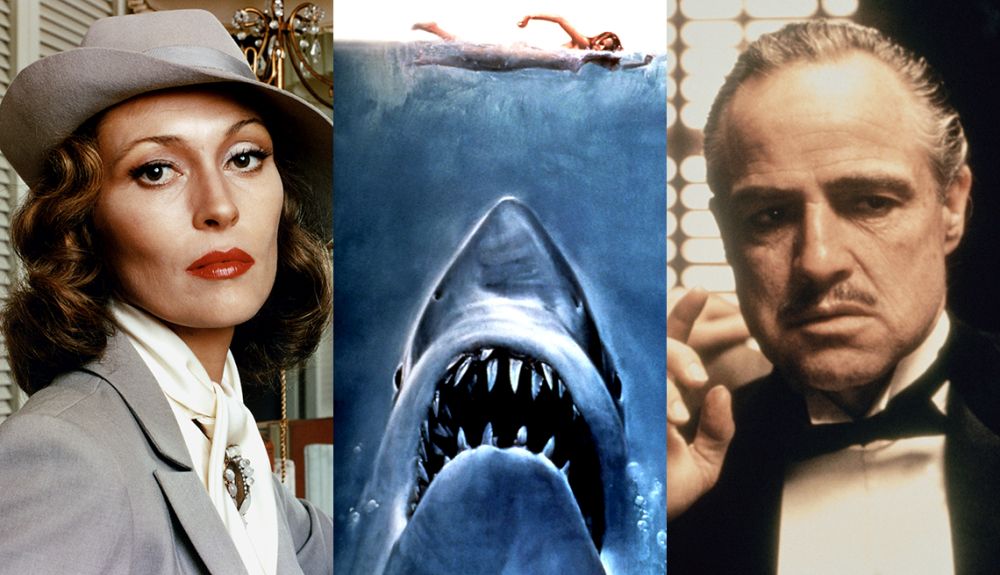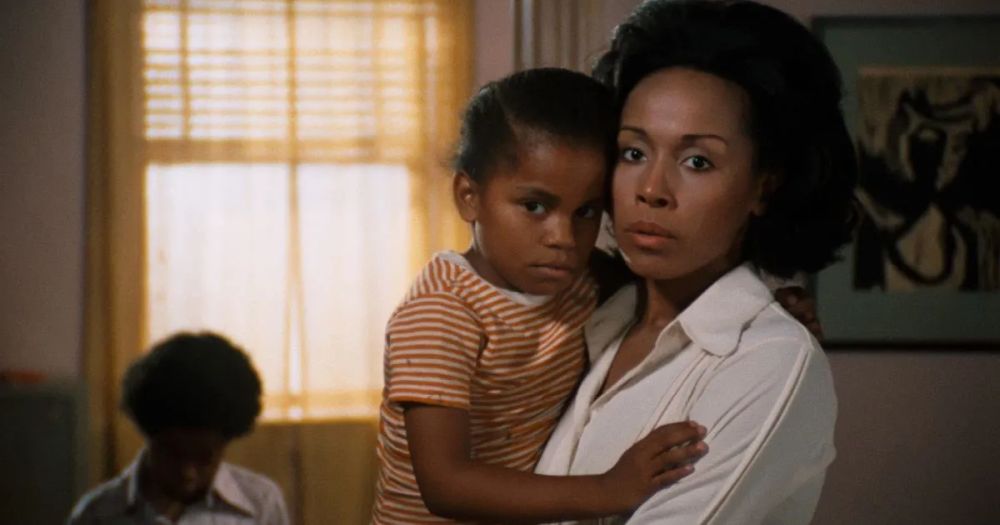The film industry faces a crisis, and the lessons from the 1970s could be its salvation. Back then, Hollywood, on the verge of extinction, shifted from big-budget bombs to creatively rich content, defying expectations. Now, as the industry grapples with a pandemic, technological revolution, and calls for diversity, the question looms: Can the ’70s guide a new generation in saving movies?

The era was marked by diverse films like “Love Story” and “Airport,” showcasing a variety of genres, tones, and audience appeal. This eclectic approach, prioritizing instinct and hard work over formulas, defined the decade. Producers took chances, creating hits like “The Godfather,” proving that prestige and profits could coexist.

Unlike today’s blockbuster-centric culture, the ’70s valued art and accessibility, resulting in a broad definition of a “blockbuster.” However, Hollywood’s subsequent focus on Spandex and spectacle, rather than character-driven storytelling, led to a bloated and divided movie culture.

The decade also witnessed the strength of female-centered movies, often overlooked in the ’70s canon. Films like “Girlfriends” and “Claudine” showcased a range of stories, reflecting a time when adventurous audiences embraced diverse narratives.

The success of the ’70s was not just about auteurs and actors but the audience itself—a generation ready to embrace any movie. Today, Hollywood’s risk aversion leads to repetitive products, forgetting that successful films often defy expectations.

As the industry grapples with the impact of a pandemic, the key lies in reclaiming the power to demand risk-taking, excellence, and films that resonate with human values. The lessons of the ’70s remind us that audiences reward bold endeavors, and it’s time to embrace that spirit once again.

